Reverse Osmosis.
Reverse Osmosis is the process of removing dissolved elements from your water.
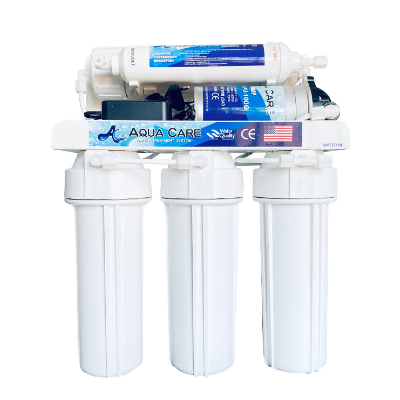
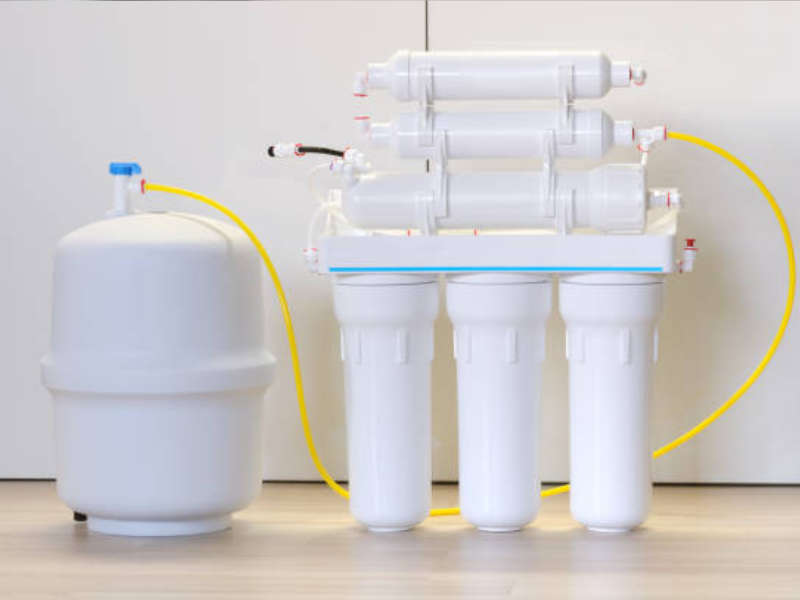
1. What is reverse osmosis?
This is a water purification process that utilises a semi permeable membrane to remove dissolved solids (chlorine, dirt, salt, sugar, etc) and contaminants, reverse osmosis can remove microorganisms as the filtration system works on a molecular level. Water with a high concentration of dissolved solids, will appear murky and may have a distinct odour, which would definitely be displeasing to taste.
2. How reverse osmosis works
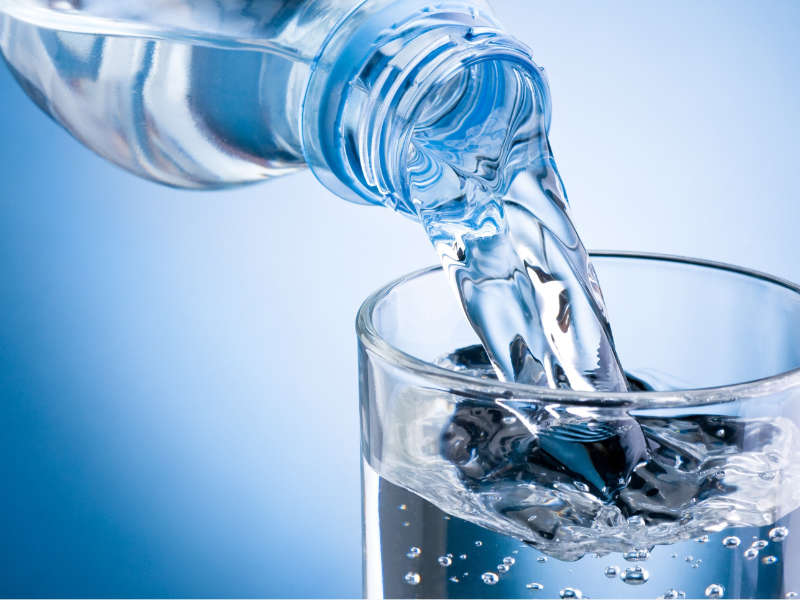
Before breaking down how reverse osmosis works, let us breakdown what osmosis is.
From high school science lessons, osmosis is the process of water molecules moving through a partially permeable membrane from a solution with a high concentration of the water molecules to a solution of low concentration, creating an equal balance on both sides. This is the natural occurrence of osmosis and osmotic pressure.
In reverse osmosis, pressure is applied to counteract the osmotic pressure, pushing the water from a high contaminant concentration to a low contaminant concentration, with the use of the membrane, the water is filtered as it is pushed towards the clean water, on the other side.
A semi-permeable membrane is a membrane that will reject and allow atoms and molecules, it has ideally sized holes allowing the right size molecules to pass through, prohibiting the larger molecules to pass through, keeping the rejected on one side, allowing clean water to flow through.
There are 4 Filter stages:
This process will effectively remove 90-98% of impurities, dissolvents and bacteria from water, reverse osmosis systems is not guaranteed to remove 100% of bacteria and viruses. Reverse osmosis is best suited for treating ground water, and brackish water to be used in the food industry, manufacturing, feed production and pharmaceuticals.
PRODUCTS
Quality Guaranteed Products
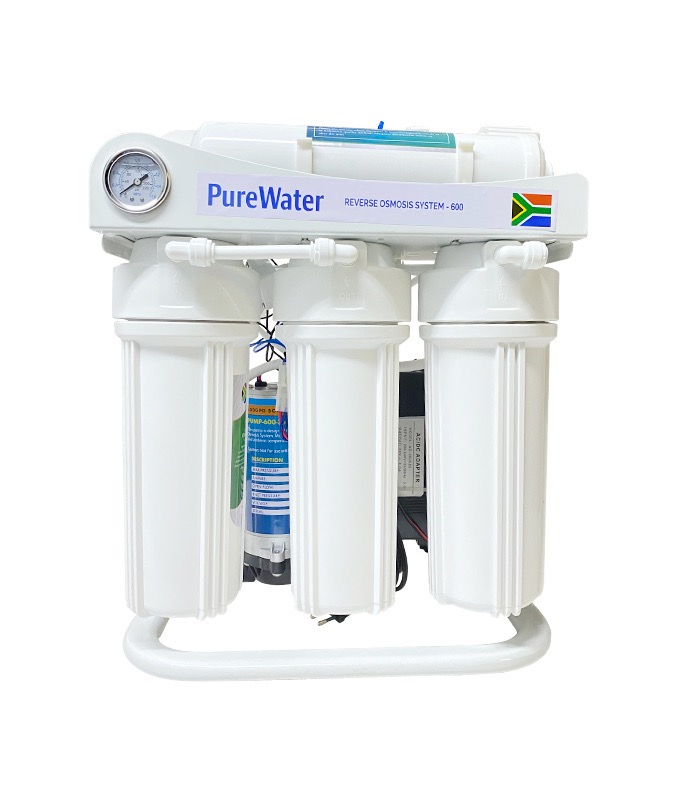 Reverse Osmosis Product 01
Reverse Osmosis Product 01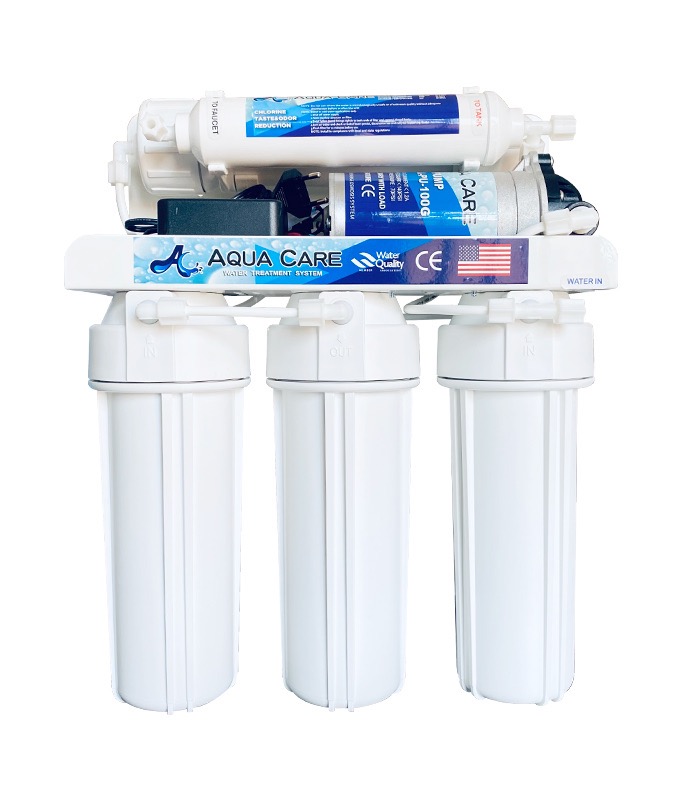 Reverse Osmosis Product 02
Reverse Osmosis Product 02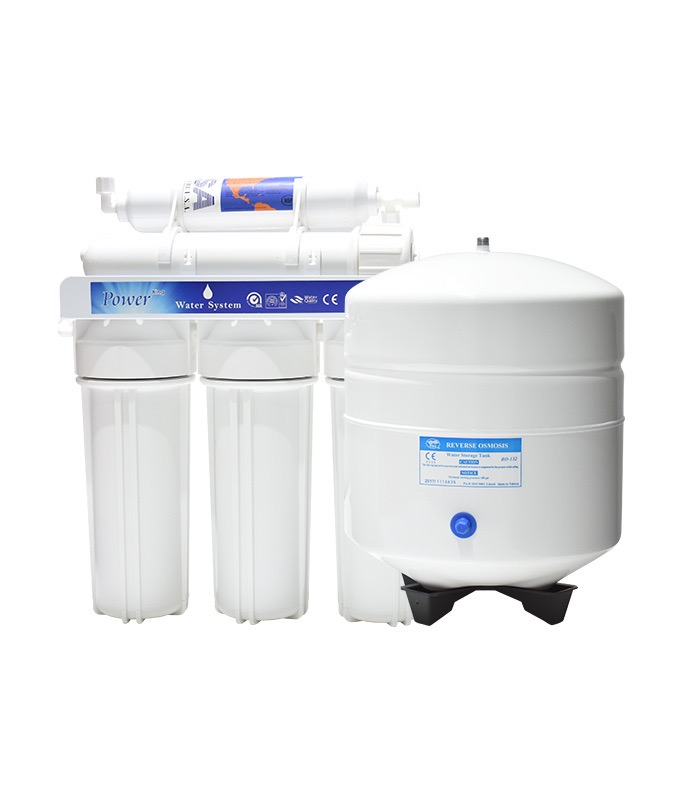 Reverse Osmosis Product 03
Reverse Osmosis Product 03
